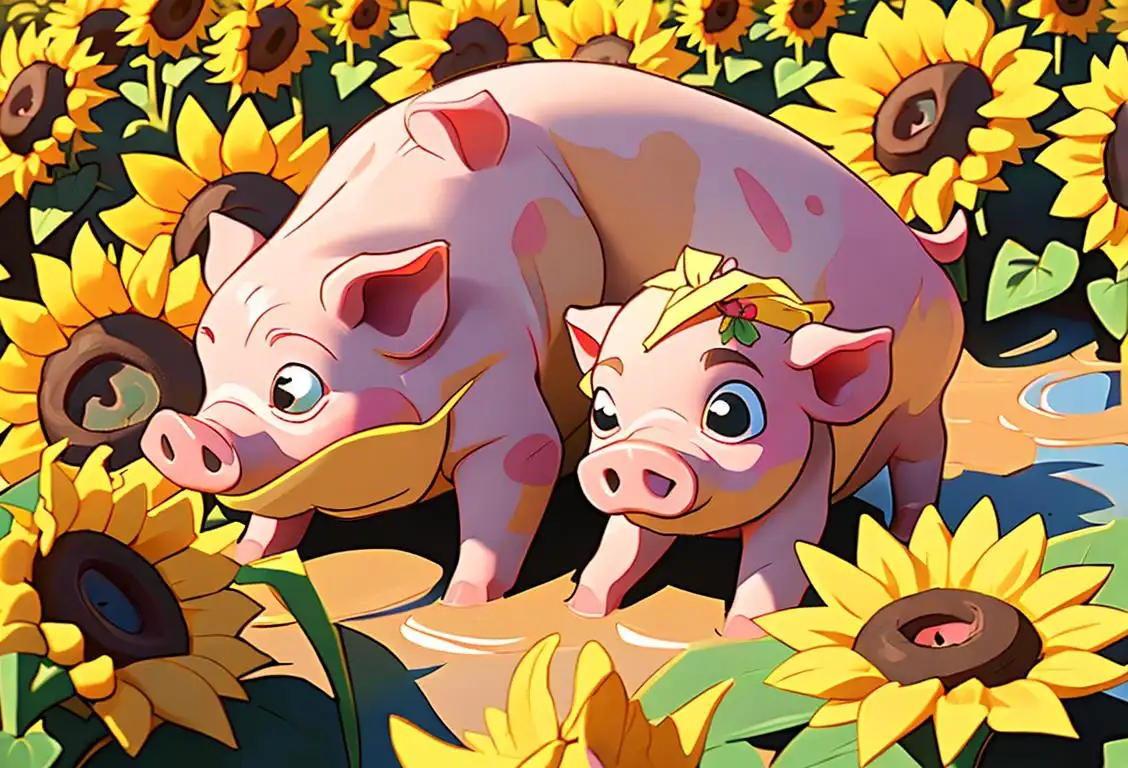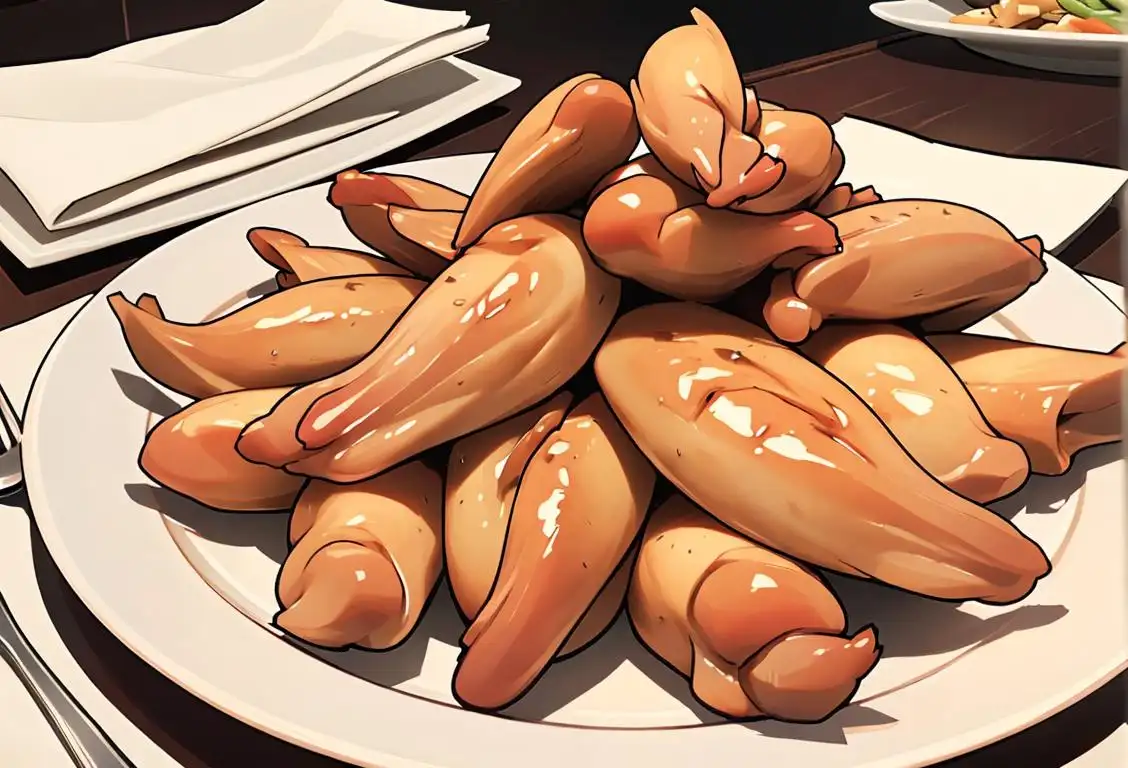National Piggy Day

Welcome to the wonderful world of National Piggy Day! Get your snouts ready, because this is a day dedicated to celebrating our adorable oinking friends. From curly tails to mud bath adventures, this national day is all about pigging out on some pig-related fun. So, let's dig into the porky details and discover what makes National Piggy Day so special!
When is Piggy Day?
It's national piggy day on the 1st March.
The Tale of National Piggy Day
Every year on March 1st, we celebrate National Piggy Day, a day dedicated to appreciating the wondrous and whimsical world of pigs. These intelligent creatures have been a part of human culture for centuries, providing us with delicious bacon, ham, and plenty of adorable moments. Whether you're a fan of Miss Piggy from The Muppets or you simply appreciate the snorts and grunts of our farmyard friends, National Piggy Day is the perfect occasion to let your inner pig lover shine.
The origins of National Piggy Day are as mysterious as the pigs themselves. Some say it all began with a little pig named Wilbur from E.B. White's beloved novel, Charlotte's Web. Others believe it was started by a group of bacon enthusiasts who wanted to show their appreciation for the deliciousness that pigs offer. Regardless of its humble beginnings, National Piggy Day has grown into a day of pigtastic celebration around the world.
Pig Out on Piggy Fun
When it comes to celebrating National Piggy Day, the possibilities are endless. You can start by binge-watching your favorite pig-themed movies like Babe, The Three Little Pigs, or even the classic animated film, Peppa Pig. If you're feeling creative, why not try your hand at piggy-inspired arts and crafts? You can paint piggy banks, make piggy puppets, or even design your own piggy-themed clothing.
Food is another essential part of National Piggy Day. It's the perfect time to indulge in some mouthwatering bacon recipes, savor every bite of a juicy pork chop, or whip up a batch of delectable pulled pork sandwiches. If you're feeling adventurous, you can even try making your own homemade sausage. Just remember to thank the pigs for their delicious contributions to our plates!
Did You Know?
In the world of pig enthusiasts, there is a term called 'swineology,' which is the study of pigs. So, if you happen to be a true pig lover, you can proudly declare yourself a swineologist!
History behind the term 'Piggy'
1794
The Origins of 'Piggy'
The term 'piggy' dates back to the late 18th century when it was first used as a diminutive form of the word 'pig.' The word 'pig' itself has Old English roots and was used to refer to a young swine. Gradually, 'piggy' became popular as a term of endearment, often used to refer to young children or smaller objects due to its playful and affectionate connotation.
1846
From 'Piggy' to 'Piggy Bank'
In 1846, the term 'piggy' took on a new meaning with the introduction of the 'piggy bank.' The first documented usage of 'piggy bank' was noted in a book titled 'The History of Kentucky' by Richard H. Collins. The concept of a pig-shaped container to collect and save money captured the imagination of children and adults alike, and 'piggy bank' quickly became synonymous with a coin bank.
1892
The 'Piggy Bank' Goes Global
As the concept of the 'piggy bank' gained popularity, it spread beyond English-speaking countries. In 1892, Germany introduced the 'Sparschwein,' a pig-shaped piggy bank that became a cherished symbol of savings across Europe. The tradition of using a pig-shaped container to stash away coins transcended language barriers, reflecting the universal desire to save and accumulate wealth.
1954
Piggy Banks in Popular Culture
By the mid-20th century, the concept of the 'piggy bank' had firmly entrenched itself in popular culture. Numerous cartoons, children's books, and advertisements featured piggy banks as lovable characters and tools to teach kids about money management. This cultural influence solidified the association of 'piggy' with saving money and fuelled the continued use of 'piggy bank' as a term worldwide.
Present
Piggy as a Symbol of Saving
Today, the term 'piggy' continues to be widely used to refer to piggy banks, savings, and financial prudence. The image of a piggy bank remains a common symbol associated with saving money, with countless variations in design and materials. 'Piggy' not only carries a sense of nostalgia and childhood innocence but also serves as a reminder of the value of thrift and managing one's finances responsibly.
Did you know?
In the world of pig enthusiasts, there is a term called 'swineology,' which is the study of pigs. So, if you happen to be a true pig lover, you can proudly declare yourself a swineologist!Tagged
awareness food funFirst identified
1st March 2016Most mentioned on
1st March 2016Total mentions
87Other days
Sweet Tea Day
Agriculture Day
Cheese Pizza Day
Bacon Day
Pumpkin Day
Medal Of Honor Day
Vodka Day
Foundation Day
Guac Day
Wing Day









